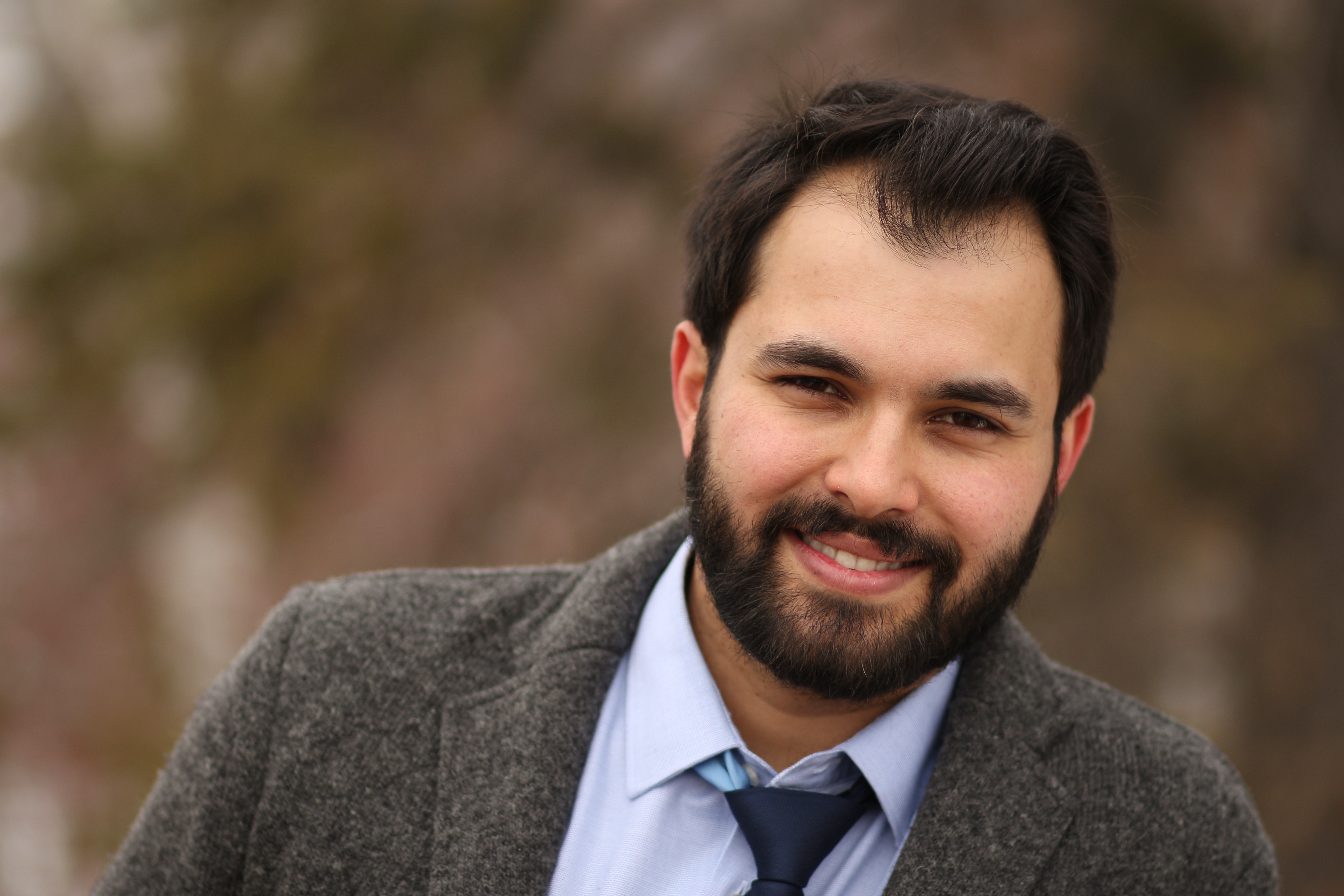Postdoctoral fellow Amirhossein Tabatabaei is working to develop a drug that could help improve blood sugar control for people living with Type 2 diabetes
30 November 2022

Amirhossein Tabatabaei. Image supplied.
Amirhossein Tabatabaei is a postdoctoral fellow in the Faculty of Pharmacy and Pharmaceutical Sciences at the University of Alberta. Amirhossein’s research involves the development of succinyl-CoA:3-ketoacid CoA transferase (SCOT) inhibitors for the treatment of Type 2 diabetes. We caught up with Amirhossein during Diabetes Awareness Month to learn more about his research.
Please tell us about your diabetes research.
We have recently identified an enzyme called succinyl-CoA:3-ketoacid CoA transferase (SCOT) which is a key regulator in the metabolism of ketones (an energy source made during fasting) which is exclusively increased in the skeletal muscles of obese/diabetic mice. Using genetically modified mice, we deleted the gene that encodes for this protein only in skeletal muscle, and we observed that these animals did not develop Type 2 diabetes (T2d). Based on these findings, we concluded that a drug capable of interfering with this enzyme could lead to revolutionizing therapy for T2d. To find such a compound, we used computers to search for potential drugs that could block the function of this protein.
Of interest, we identified that an old antipsychotic drug, pimozide, could theoretically interfere with SCOT function. We next confirmed that pimozide improves high blood sugar levels in diabetic animals. However, pimozide also enters the brain and interferes with brain ketone metabolism (the brain relies heavily on ketones during fasting) and produces unwanted side effects, such as drowsiness. Therefore, we are using computer modelling to design new drugs that selectively interfere with SCOT with no antipsychotic effects. These compounds will be designed in a way so that they cannot penetrate the brain, allowing the brain access to ketones as a fuel source.
Please tell us about the impact your diabetes research will have in treating or building the knowledge base for diabetes.
Although there are several therapies available to control hyperglycemia in people with T2D, approximately 15 per cent of patients cannot receive the first-line therapy metformin due to the reduced glomerular filtration rate, and 10 per cent of patients are unable to continue metformin due to nausea and abdominal pain. Other therapies that decrease hyperglycemia in T2D via augmenting insulin secretion (e.g. sulfonylureas, dipeptidyl peptidase-4 inhibitors, glucagon-like peptide-1 receptor agonists) have limited utility in people whose T2D is concomitant with declining b-cell mass/function. Hence, there remains the clinical need to identify novel therapies for T2D. The drug we are developing could become an important and exciting medication for improving blood sugar control and the overall quality of life for people living with T2D.
What inspired you to choose diabetes as a research stream?
I had no idea that I would find myself immersed in the world of diabetes research until it happened. While pursuing my PhD working on developing anti-cancer agents, I collaborated with my current advisor on a diabetes-related project — Dr. John Ussher. Even though I had no prior experience with diabetes research, this collaboration provided me with the perfect opportunity to develop a deep affection for the field. The thought that my studies might one day help millions of people around the world who are struggling with this chronic condition was impossible to shake. I never gave up on this thought, and after I graduated, I got in touch with Dr. Ussher and asked if there was any chance that I could work in his lab, and now here I am.
What difference do you want to make or see in diabetes research in the next 10 years?
I'll keep this short and simple: a cure.